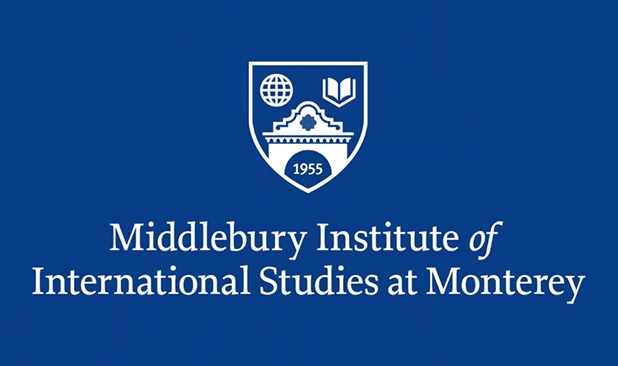Middlebury Launches New Brand Identity System

Middlebury has kicked off 2015 with a new look and family of names for its schools and programs.
The Vermont institution today introduced a brand identity system that embraces the full breadth of its educational endeavors by placing the Middlebury name on each of its schools and programs. While best known for its undergraduate liberal arts college, which was founded in 1800, Middlebury has, over the last 100 years, built itself into a more complex institution that meets the educational needs of many types of students around the world. Today Middlebury educates as many graduate and summer students as it does undergraduates.
“This new system greatly clarifies the relationships among our rich and varied academic entities, while ensuring that each of them retains its unique identity and mission,” said Middlebury President Ron Liebowitz. “Educational institutions do not make these changes lightly, and that certainly was true here. But the need for this was impossible to ignore. Our most recent reaccreditation report noted that few people understood all that Middlebury had become and that the identities of our programs blended together, which created unnecessary confusion. I’m confident the clarity we’ve achieved with this new system will benefit our individual programs and Middlebury as a whole.”
In addition to Middlebury College, Middlebury is comprised of a number of other schools and programs:
The Middlebury Language Schools offer intensive immersion graduate degree and non-degree language programs in 11 languages. The Middlebury Language Schools will celebrate the centennial of their founding this year and have conferred more than 12,000 master’s degrees since their inception.
The Middlebury Bread Loaf School of English, founded in 1920, is an intensive summer graduate program offering a diverse curriculum in the fields of literature, creative writing, and theater arts. It awards, on average, 80 master’s degrees a year.
The Middlebury Bread Loaf Writers’ Conference has for nearly 90 years brought together aspiring writers who wish to improve their craft by working with distinguished writers and poets. It was the first writers’ conference in the U.S. and remains the most esteemed gathering of its kind.
The Middlebury C.V. Starr Schools Abroad, which started in 1949, provide undergraduate students from many colleges and universities, and graduate students from the Language Schools, with an academically rigorous experience at 36 sites in 16 countries around the world.
The Middlebury Institute of International Studies at Monterey, formerly known as the Monterey Institute of International Studies, offers excellent professional graduate programs in translation and interpretation, language education, and a number of policy and management, nonproliferation, and sustainable development fields. The Institute was founded in 1955 and was formally acquired by Middlebury in 2010 following a five-year affiliation.
The Middlebury School of the Environment, Middlebury’s newest school, is a six-week summer program that builds on the institution’s long-standing leadership in environmental education, most notably the first undergraduate major in environmental studies in the country.
Middlebury spent more than a year developing, refining, and testing the new brand identity system, which the Board of Trustees unanimously approved last September. An essential part of the system is a new visual icon in the form of a shield that is built upon a set of elements that are familiar to the Middlebury community: the mountains; a book; a globe, which represents the institution’s global focus; the historic and iconic building at the center of the Vermont campus known as Old Chapel; and the founding date of 1800.
All of the Middlebury schools will use the shield with the exception of the Middlebury Institute of International Studies at Monterey. For the Institute, Middlebury has created a modified design that replaces the Green Mountains of Vermont and Old Chapel with the historic Segal Building from the Monterey campus and the year of the Institute’s founding. The traditional Middlebury seal will remain in service for ceremonial uses.
“We took great care with our process,” said Middlebury Vice President for Communications and Marketing Bill Burger, who oversaw the project. “In all, we spoke with nearly 400 people—faculty, staff, students, and alumni—over the last year. With that many people, you receive a lot of feedback, and it was indispensable. In this day and age, when people can coalesce and voice their views quickly through social media and other channels, there is no substitute for taking the time to listen. And in the end, that gives you a better product and greater confidence in the work.”
Middlebury has created a website, http://identity.middlebury.edu, that explains the system and the process that led to its creation, and a companion website, http://identity.miis.edu, that addresses the unique elements of the Institute’s new identity.
Watch Video
For More Information
Jason Warburg
jwarburg@middlebury.edu
831.647.3156
Eva Gudbergsdottir
eva@middlebury.edu
831.647.6606

